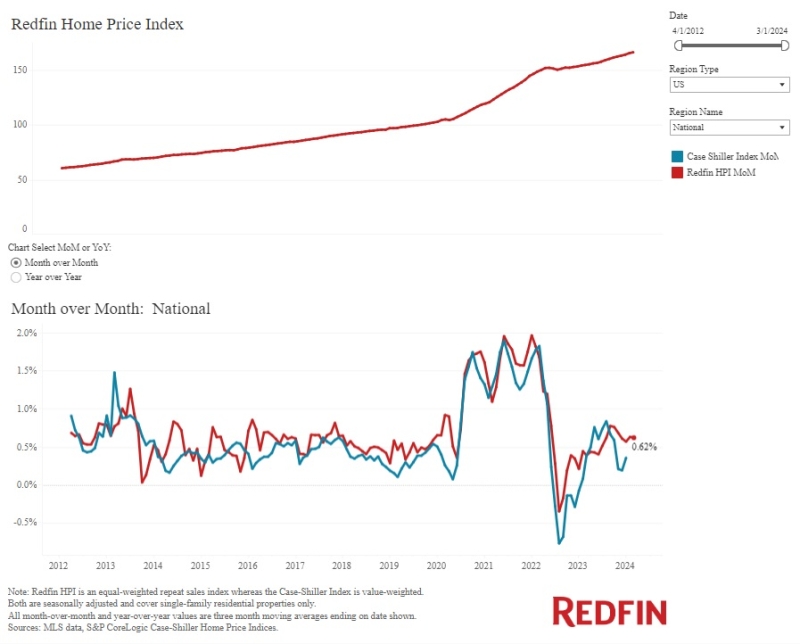Advertisement
Appraisal Institute Publishes Green Building Appraisal Standards

When valuing green buildings, real estate appraisers’ analysis must be supported by market data on the subject property that helps explain why it stands out from its conventional peers, according to guidance issued by the Appraisal Institute and the Institute for Market Transformation. Seeking to assist owners who retrofit an existing building or build a new one with energy-efficient features, the two organizations issued “Green Building and Property Value A Primer For Building Owners and Developers.”
“As owners and developers enhance buildings with energy-efficient features, appraisers can help make the case for green appraisal value,” said Appraisal Institute President Ken P. Wilson, MAI, SRA.
According to the organizations’ guidance, because these buildings with energy-efficient features are different from traditional ones, owners have had to change not only how they design, build and market, but also how they approach financing and construction processes. Otherwise, owners may pay for green — with certifications, capital improvements and marketing — and not fully realize the expected market benefits.
Moving beyond the value that accrues to owners from rents, operational savings and market recognition at sale, the guide helps building owners and developers understand the appraisal process and how green, high performance characteristics and data can be used by appraisers to help fully maximize valuation.
►The Appraisal Institute’s and Institute for Market Transformation’s guide also includes sections on:
►Leading Indicators (local market, comparables, incomes and expenses, tenant demands, costs).
►Four Components of Value and How Green Fits In (revenue, occupancy, operating expenses, risk).
►Navigating the Appraisal Process (internal valuation, refinance, sale).
►Talking to Lenders.
►Getting an Appraisal That Values Green (helpful interventions by the building owner).
►Owner Checklist for Appraisals.
►Green Asset Value: Positive Considerations and Downside Risk.
“The Appraisal Institute encourages building owners to work with appraisers who are experienced in the area of green valuation to help ensure a credible, reliable opinion of value,” Wilson said. “Building owners can help their cause by providing as much data as possible to the appraiser, along with any relevant market research.”
View the “Green Building and Property Value A Primer For Building Owners and Developers.”
The Institute for Market Transformation is a Washington, D.C.-based nonprofit organization dedicated to promoting energy efficiency, green building and environmental protection in the U.S. and abroad.
The Appraisal Institute and the Institute for Market Transformation also issued guidance in May 2012 for green valuation – “Recognition of Energy Costs and Energy Performance in Real Property Valuation” – at a forum hosted by the American Council for an Energy-Efficient Economy.
Working with IMT on this guide is the most recent example of the Appraisal Institute’s leadership in green valuation efforts:
Since June 2008, the Appraisal Institute has offered more than 380 individual programs on green and energy-efficient valuation, and more than 5,100 attendees have participated.
In October 2013, the Appraisal Institute partnered with the Colorado Energy Office to provide an analysis of the impact of solar PV systems on the home-buying process. The study sought to better understand the impact, if any, that solar PV has on the sales transaction process.
In February 2013, the Appraisal Institute added a new solar course to its Valuation of Sustainable Buildings Professional Development Program, which educates appraisers on the intricacies of valuing high-performance residential and commercial buildings, and consists of four courses: "Introduction to Green Buildings: Principles & Concepts;" "Case Studies in Appraising Residential Green Buildings;" "Case Studies in Appraising Commercial Green Buildings;" and “Residential and Commercial Value of Solar.”
In March 2013, the Appraisal Institute released an update to the Residential Green and Energy Efficient Addendum, the first form of its kind intended for appraisers’ use. It is an optional addendum to Fannie Mae Form 1004, the appraisal profession’s most widely used form for mortgage lending purposes. The Appraisal Institute’s addendum allows appraisers to identify and describe a home’s green features, from solar panels to energy-saving appliances.
►In January 2012, the Appraisal Institute announced its support for PV Value, a spreadsheet developed by Solar Power Electric and Sandia National Laboratories that assists appraisers and others seeking to establish the value of a property’s solar-powered features.
The Appraisal Institute contributed to the Green MLS Tool Kit, issued in April 2010. The tool kit was created to help Realtors add a green initiative to their local multiple listing service. The tool kit provides guidance on enhancing data in the MLS, empowering appraisers to make well-supported comparisons, analyses and adjustments.
The Appraisal Institute is scheduled to release a new book, “Residential Green Valuation Tools,” by Sandra K. Adomatis, SRA, in 2014.
►The Appraisal Institute in October 2011 sponsored a report that outlined ways to finance $150 billion per year in energy efficiency projects that yield double-digit financial returns. “Energy Efficiency Financing: Models and Strategies” by Capital-E and partner organizations found that within 10 years, investment at this level would save U.S. businesses and households $200 billion annually and would create more than 1 million new full-time jobs.
In October 2011, the Appraisal Institute endorsed the federal Sensible Accounting to Value Energy (SAVE) Act, which would improve the mortgage underwriting process by ensuring energy costs are included. Sponsored by Sens. Michael Bennet, D-Colo., and Johnny Isakson, R-Ga., the SAVE Act would instruct federal loan agencies to assess a borrower’s expected energy costs when financing a house. IMT also is among the bill’s supporters.
About the author





